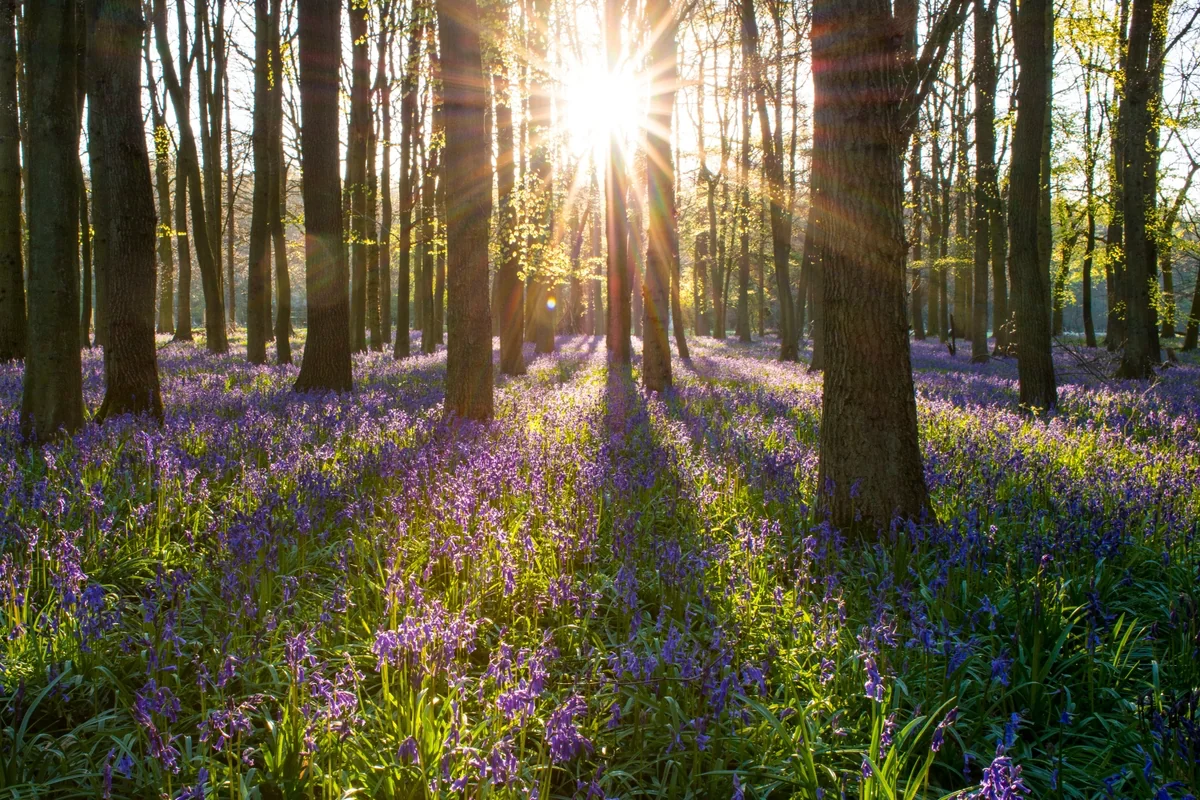
Introduction to Forest Carbon, Offsets and Markets
Forests comprise approximately 750 million acres within the US, serving as the nation’s largest terrestrial carbon sink (an area with more carbon being stored than released), capturing and storing the equivalent of ~11.9% of U.S. carbon emissions.
Introduction
Forest ecosystems provide many values and services, such as wood products, clean air and water, wildlife habitat and recreation. Forests are also critical in carbon cycling and storage. Forests comprise approximately 750 million acres within the United States, serving as the nation’s largest terrestrial carbon sink (an area with more carbon being stored than released), capturing and storing the equivalent of about 11.9% of U.S. carbon emissions. Clearly, forest ecosystems play a critical role in mitigating climate change.
This feature offers prospects for forest landowners to manage for enhanced carbon storage to reduce greenhouse gas (GHG) emissions and generate income by participating in forest carbon markets. Carbon markets are evolving rapidly, making it difficult for forest landowners to understand the opportunities and requirements when choosing a carbon market program.
This publication will introduce readers to forest carbon, carbon offsets, projects and markets. It is intended to orient forest owners, land managers, natural resource professionals and others to forest carbon and carbon mar( article continues at OSU Extension Service )